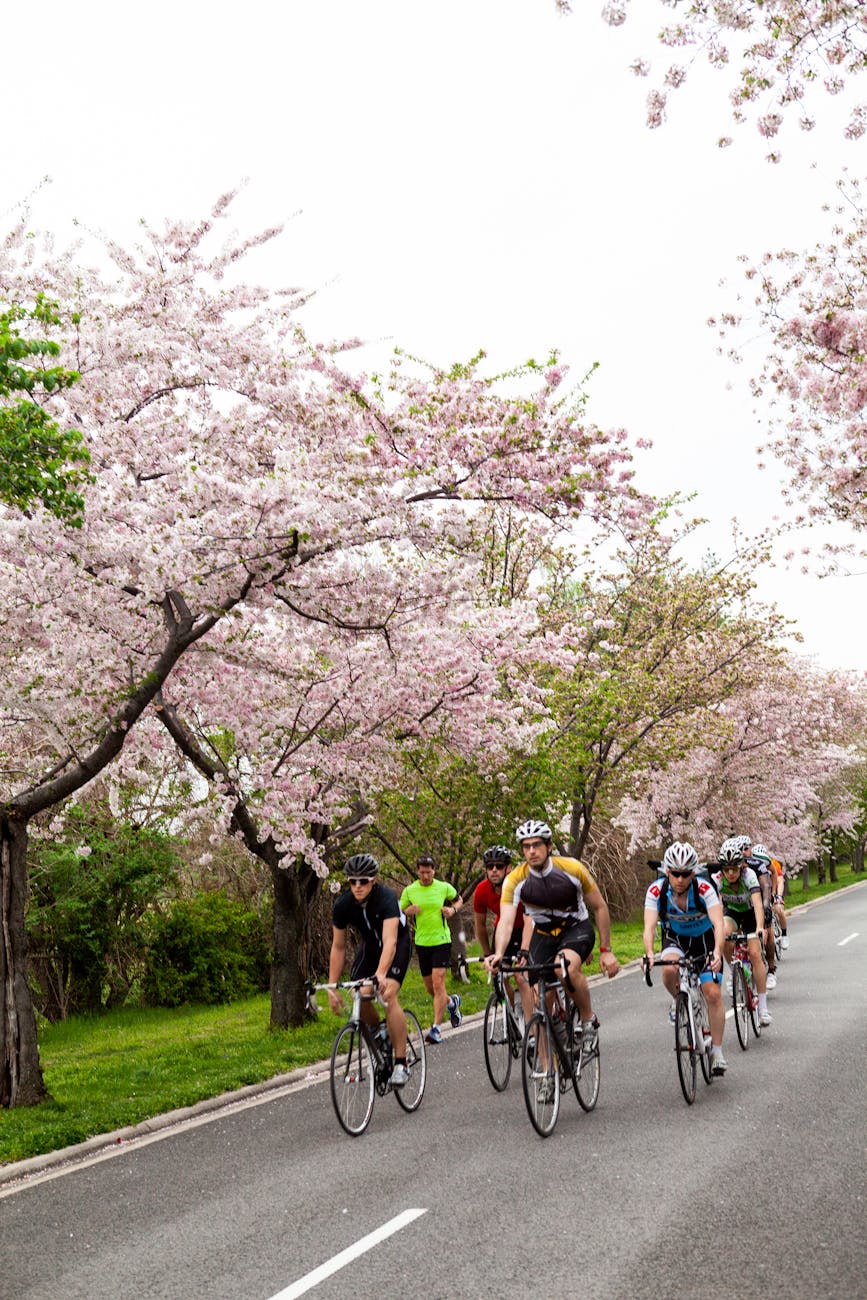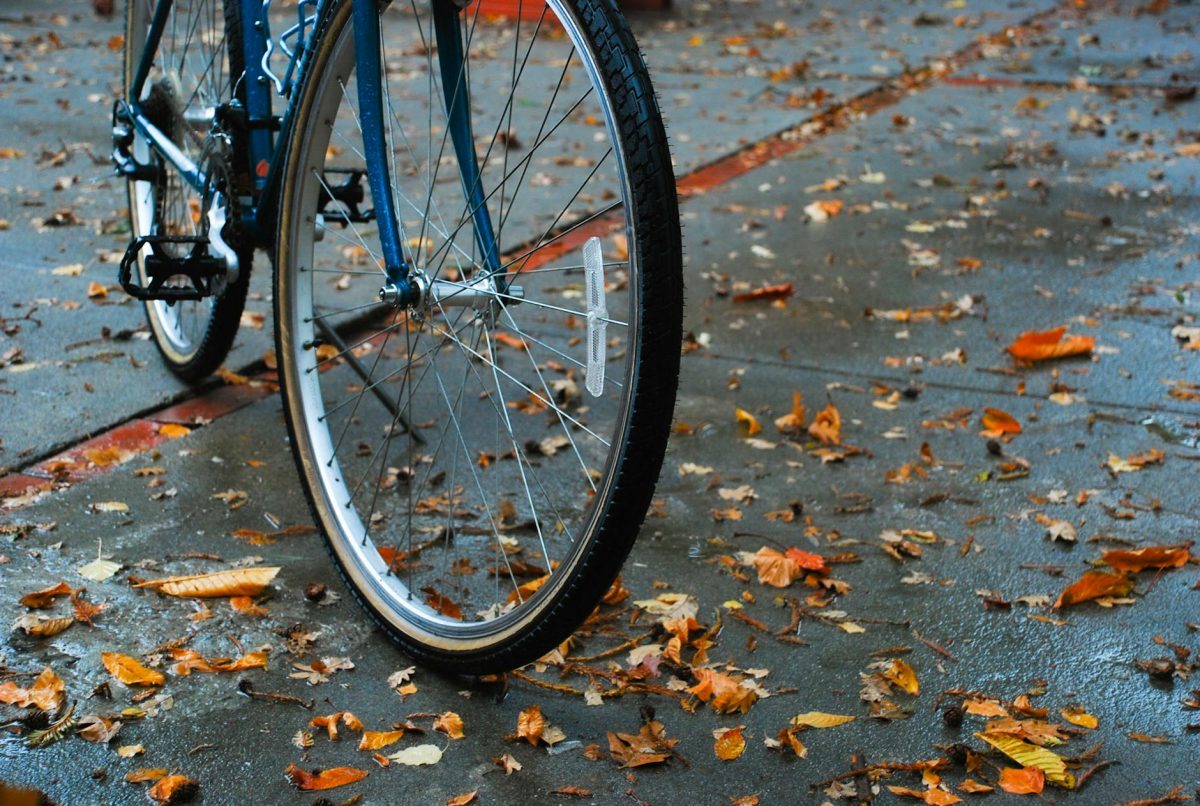Title: Unleash Your Full Potential: Master Advanced Bike Maintenance Techniques as a Competitive Cyclist
Are you a competitive cyclist eager to elevate your performance and gain a deeper understanding of your bike? Mastering advanced bike maintenance techniques is essential for any serious rider looking to maximize efficiency, safety, and performance on the road or trail. In this guide, we will delve into the intricacies of advanced bike maintenance strategies that will empower you to take your cycling experience to the next level.
The Importance of Advanced Bike Maintenance for Competitive Cyclists
As a competitive cyclist, your bike is not just a piece of equipment; it is an extension of yourself. To achieve peak performance, it is crucial to ensure that your bike is in optimal condition at all times. Advanced bike maintenance goes beyond basic repairs and adjustments, focusing on fine-tuning every aspect of your bike to deliver superior performance.
Enhancing Your Cycling Experience through Precision Tuning
Precision tuning is a fundamental aspect of advanced bike maintenance that can significantly impact your riding experience. By mastering the art of precise adjustments to your gears, brakes, suspension, and wheel truing, you can achieve smoother shifts, more responsive braking, improved handling, and enhanced overall ride quality. These subtle but critical adjustments can make a world of difference in your performance on the bike.
Dive Deep into Wheel Maintenance and Upgrades
Wheels are a vital component of your bike that can greatly influence your speed and handling. As a competitive cyclist, understanding advanced wheel maintenance techniques and upgrades can give you a competitive edge. From truing and tensioning spokes to choosing the right tires and rims for your riding style, mastering wheel maintenance can enhance your bike’s performance and durability, allowing you to push your limits with confidence.
Suspension Setup for Optimal Performance
For off-road cyclists, suspension plays a crucial role in smoothing out rough terrain and providing better control over your bike. Advanced suspension setup involves fine-tuning the compression and rebound settings to match your riding style and the type of terrain you encounter. By mastering suspension tuning techniques, you can optimize your bike’s responsiveness, traction, and comfort, leading to improved performance and confidence on challenging trails.
Navigating the Complexities of Drivetrain Maintenance
The drivetrain is the powerhouse of your bike, transferring your pedaling power to the wheels. Advanced drivetrain maintenance involves meticulous cleaning, lubrication, and adjustment of components such as the chain, cassette, and derailleurs. By mastering advanced drivetrain maintenance techniques, you can prolong the lifespan of your components, reduce friction, and ensure smooth, efficient power transfer, allowing you to ride faster and more efficiently.
Conclusion
As a competitive cyclist, mastering advanced bike maintenance techniques is a game-changer that can elevate your performance, enhance your riding experience, and prolong the lifespan of your bike. By delving into precision tuning, wheel maintenance, suspension setup, and drivetrain maintenance, you can optimize every aspect of your bike to meet the demands of competitive cycling. Embrace the challenge of mastering advanced bike maintenance, and embark on a journey to unlock your full potential as a competitive cyclist.



